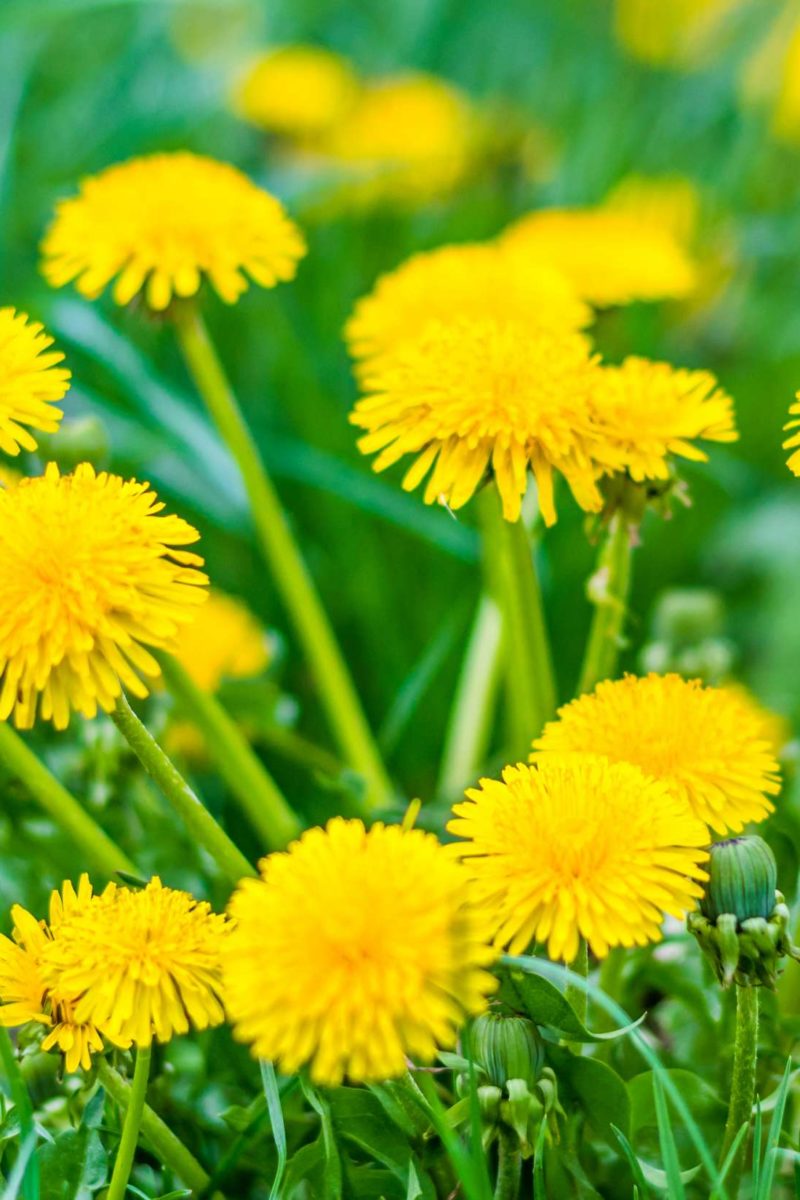November 2017
Michal Bijak
Abstract
Milk thistle (Silybum marianum) is a medicinal plant that has been used for thousands of years as a remedy for a variety of ailments. The main component of S. marianum fruit extract (silymarin) is a flavonolignan called silybin, which is not only the major silymarin element but is also the most active ingredient of this extract, which has been confirmed in various studies.
This compound belongs to the flavonoid group known as flavonolignans. Silybin’s structure consists in two main units. The first is based on a taxifolin, the second a phenyllpropanoid unit, which in this case is conyferil alcohol. These two units are linked together into one structure by an oxeran ring. Since the 1970s, silybin has been regarded in official medicine as a substance with hepatoprotective properties.
There is a large body of research that demonstrates silybin’s many other healthy properties, but there are still a lack of papers focused on its molecular structure, chemistry, metabolism, and novel form of administration. Therefore, the aim of this paper is a literature review presenting and systematizing our knowledge of the silybin molecule, with particular emphasis on its structure, chemistry, bioavailability, and metabolism.
Introduction
Milk thistle (Silybum marianum L. Gaernt.), sometimes called wild artichoke, is a medicinal plant that has been used for thousands of years as a remedy for a variety of ailments. [1]. The milk thistle is an annual to biannual plant of the Asteraceae family, flowering in July–August with reddish-purple flowers.
Milk thistle needs to grow in a warm atmosphere and dry soil, and will grow up to 3 m high and 1 m across. However, it most commonly reaches 0.9–1.8 m in height. Native habitats of milk thistle are Southern Europe, Southern Russia, Asia Minor and Northern Africa, and is it naturalized in North and South America as well in South Australia [2].
Milk thistle flower heads are 4–8 cm in diameter and contain around 50–200 tubular florets (individual flowers forming part of a group of flowers), which have a 13–25 mm dimension with color ranging from magenta to purple. The bracts below the flowers are broad and rigid with a rounded appendage ending in a spine. This plant has one long taproot.
Milk thistle has variegated dark and light green spiny leaves with a length up to 75 cm and width up to 30 cm that are smooth on the upper surface and hairy on the lower surface. The leaves have milky-white veins, which inspired its common name of Silybum marianum.
There is confusion about whether milk thistle has fruits or seeds. Botanically correct, this plant has a cypselae, which looks like a seed but is technically a fruit. Each fruit (having a cocoa-like odor and an oily, bitter taste) is about 5–8 mm long, up to 2–3 mm wide, and 1.5 mm thick, with a glossy, brownish-black to greyish husk. They are hairless but have a white, silky pappus (an appendage) of fine bristles. The fruits are joined together around the ring (Figure 1).
Conclusions
In summary, silybin is a very interesting chemical compound, the use of which as a dietary supplement is increasing all around the world, and this explains the recent studies aimed at increasing its oral bioavailability.









